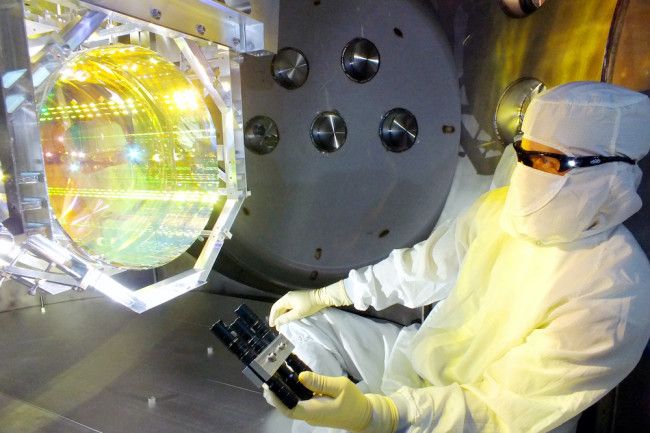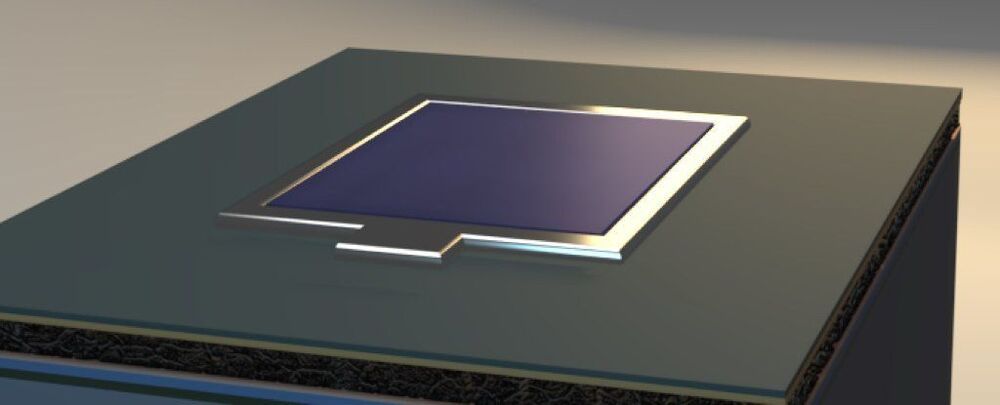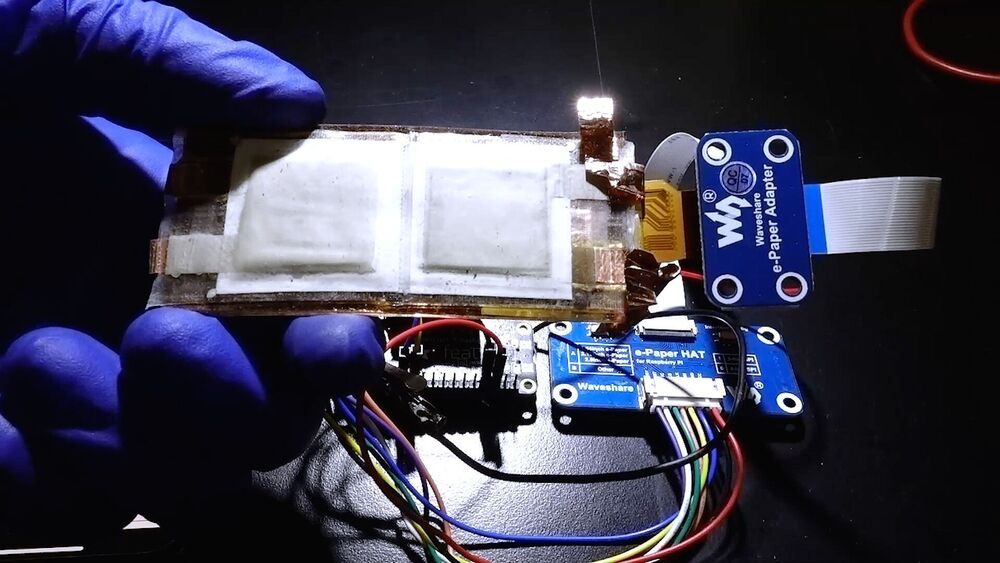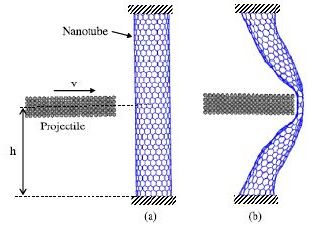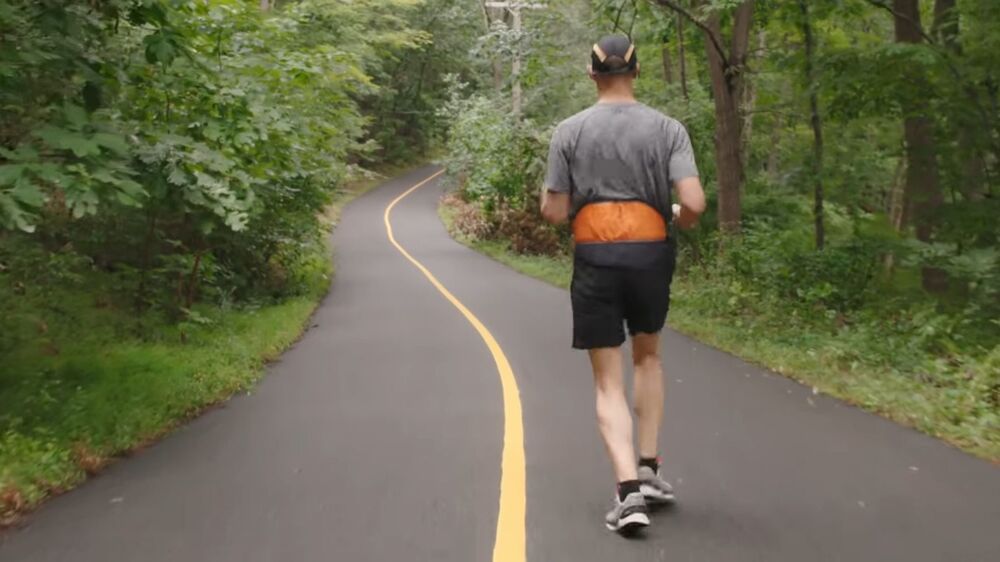Page 6425
Dec 13, 2020
Physicists Detect the “Spooky Popcorn of the Universe”
Posted by Quinn Sena in categories: quantum physics, space
Dec 13, 2020
Solar-based Electronic Skin Generates Its Own Power
Posted by Quinn Sena in categories: energy, innovation
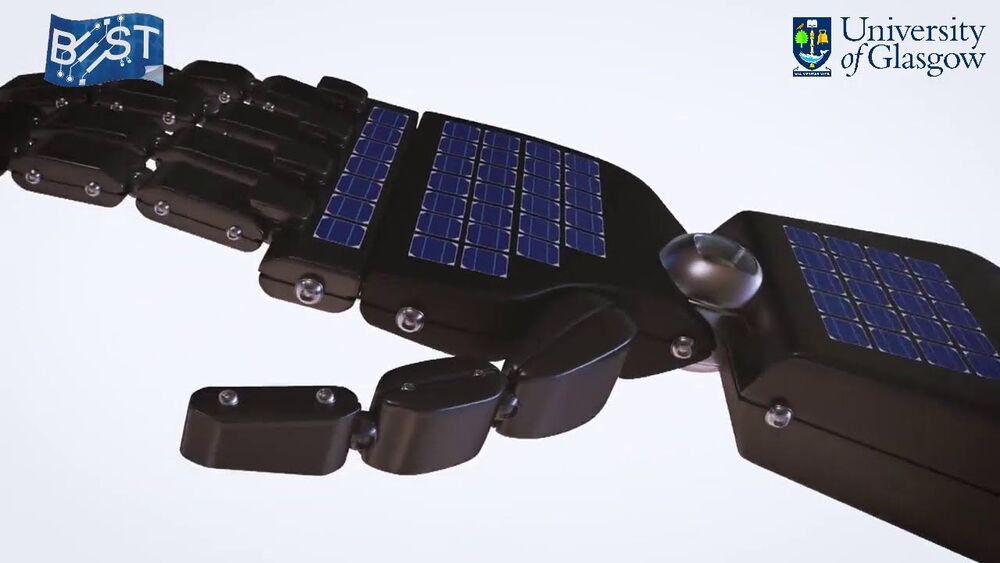
Scientists demonstrate a innovative e-skin with touch and proximity-sensing capabilities without using dedicated touch sensors.
Dec 13, 2020
Scientists Just Set a New World Record in Solar Cell Efficiency
Posted by Raphael Ramos in categories: solar power, sustainability
Renewables keep on gaining steam. 😃
Improving the efficiency of solar cells can make a huge difference to the amount of energy produced from the same surface area and the same amount of sunshine, and another world record has been beaten in the push for better yields.
Researchers have now hit an efficiency of 29.15 percent in the perovskite/silicon tandem solar cell category, which is just one of several different types of cells. There are currently a variety of different technologies in use to convert solar energy into electricity.
Continue reading “Scientists Just Set a New World Record in Solar Cell Efficiency” »
Dec 13, 2020
This flexible and rechargeable battery is 10 times more powerful than state of the art
Posted by Saúl Morales Rodriguéz in categories: robotics/AI, wearables
A team of researchers has developed a flexible, rechargeable silver oxide-zinc battery with a five to 10 times greater areal energy density than state of the art. The battery also is easier to manufacture; while most flexible batteries need to be manufactured in sterile conditions, under vacuum, this one can be screen printed in normal lab conditions. The device can be used in flexible, stretchable electronics for wearables as well as soft robotics.
The team, made up of researchers at the University of California San Diego and California-based company ZPower, details their findings in the Dec. 7 issue of the journal Joule.
“Our batteries can be designed around electronics, instead of electronics needed to be designed around batteries,” said Lu Yin, one of the paper’s co-first authors and a Ph.D. student in the research group of UC San Diego’s nanoengineering Professor Joseph Wang.
Dec 13, 2020
Why the Pandemic May Accelerate Airbus Investing in Greener Air Travel | WSJ
Posted by Derick Lee in categories: biotech/medical, futurism
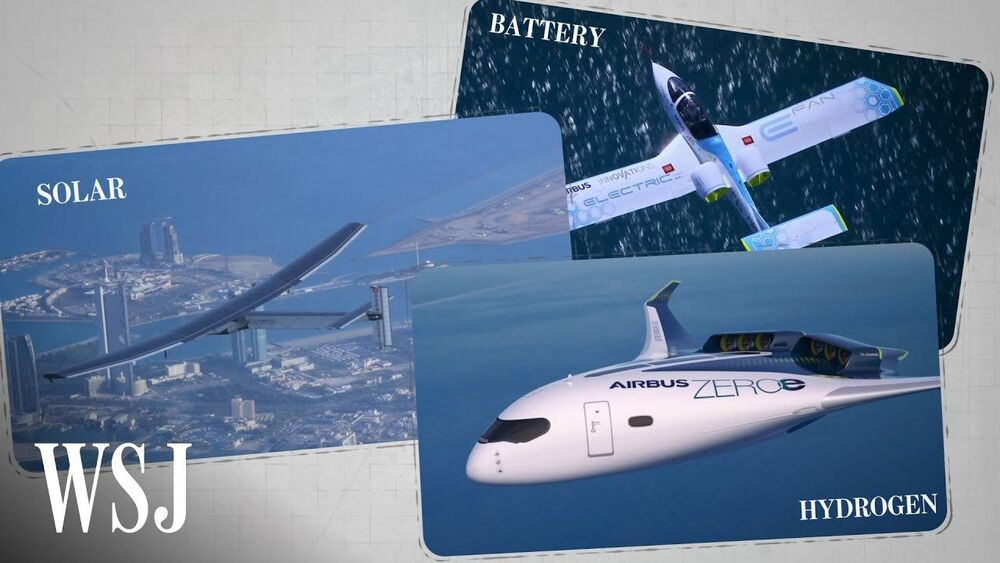
As much of the aviation industry fights to survive the coronavirus pandemic, some economists and engineers see the crisis as an opportunity to use stimulus funds to propel air travel to a carbon-neutral future. Photo illustration: George Downs.
More from the Wall Street Journal:
Visit WSJ.com: http://www.wsj.com.
Visit the WSJ Video Center: https://wsj.com/video.
Continue reading “Why the Pandemic May Accelerate Airbus Investing in Greener Air Travel | WSJ” »
Dec 13, 2020
Bullets bounce off nanotubes
Posted by Quinn Sena in categories: computing, nanotechnology
Circa 2007
Robocops could soon leave the realm of science fiction thanks to a new bullet-proof material proposed by engineers in Australia. According to computer simulations done by the team, bullets would be no match for vests made of the material, and would simply bounce off owing to the high elasticity of the nanotubes. The researchers claim that the material, which has not been made yet, would be a great improvement on existing anti-ballistic clothing that stop bullets from penetrating by spreading the bullet’s force — something that can still cause serious injury (Nanotechnology 18 475701).
Dec 13, 2020
New solar-powered electric vehicle beats Tesla in range of miles
Posted by Carse Peel in categories: sustainability, transportation
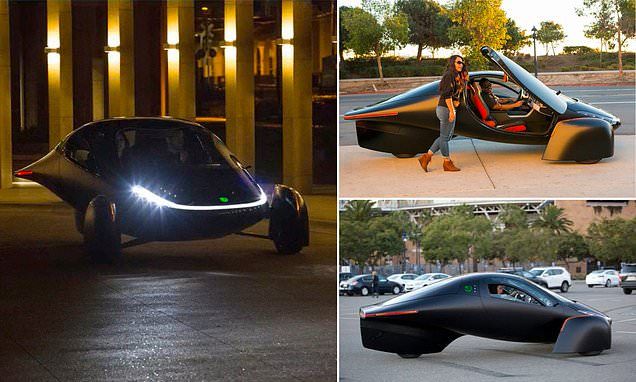
California-based Aptera recently opened pre-orders for its solar electric vehicle that ‘never needs charging’ and within less than 24 hours, according to the firm, the $26,000 car sold out.
The futuristic-styled structure is designed with lightweight materials, providing low-dray aerodynamics and cooling.
Continue reading “New solar-powered electric vehicle beats Tesla in range of miles” »
Dec 13, 2020
Google Cloud expands edge computing to help companies leverage AI and 5G
Posted by Genevieve Klien in categories: internet, robotics/AI

Google Cloud expands its edge computing services by partnering with 200 developers to put their applications closer to enterprise customers.
Dec 13, 2020
Giving Blind Runners Independence With AI
Posted by Genevieve Klien in categories: genetics, health, mobile phones, robotics/AI
Being able to see, move, and exercise independently is something most of us take for granted. [Thomas Panek] was an avid runner before losing his sight due to a genetic condition, and had to rely on other humans and guide dogs to run again. After challenging attendants at a Google hackathon, Project Guideline was established to give blind runners (or walkers) independence from a cane, dog or another human, while exercising outdoors. Using a smartphone with line following AI software, and bone conduction headphones, users can be guided along a path with a line painted on it. You need to watch the video below to get a taste of just how incredible it is for the users.
Getting a wheeled robot to follow a line is relatively simple, but a running human is by no means a stable sensor platform. At the previously mentioned hackathon, developers put together a rough proof of concept with a smartphone, using its camera to recognize a painted line on the ground and provide left/right audio cues. As the project developed, the smartphone was attached to a waist belt and bone conduction headphones were used, which don’t affect audio situational awareness as much as normal headphones.
The shaking and side to side movement of running, and varying light conditions and visual obstructions in the outdoors made the problem more difficult to solve, but within a year the developers had completed successful running tests with [Thomas] on a well-lit indoor track and an outdoor pedestrian path with a temporary line. For the first time in 25 years, [Thomas] was able to run independently.

